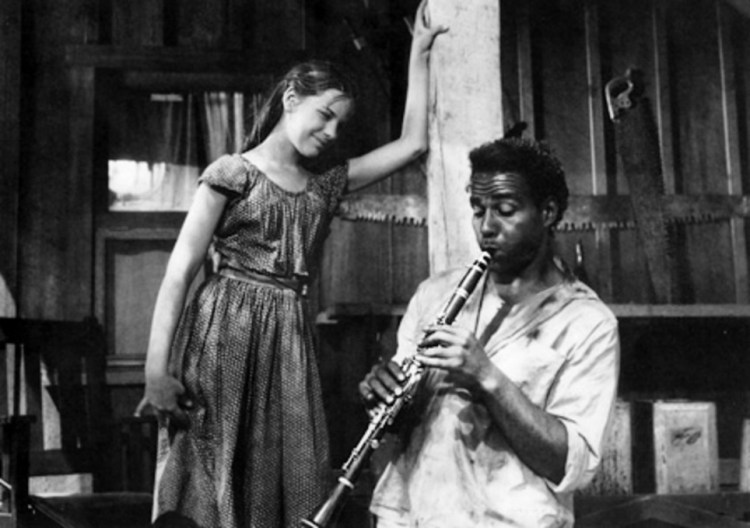AUDIO: Luis Buñuel’s The Young One: Anatomy of White Male Supremacy
We open with the jazz tune, “Epistrophy,” from Eric Dolphy’s Last Date recorded in Holland in 1964. Epistrophe, from the Greek, means “a turning about” – and applied to The Young One, a constant shift of moral perspective with no settled view.
As with our recent show on the 1954 Salt of the Earth, here is another “forgotten film” that seems a kind of impossibility. Made by a Spanish filmmaker, Luis Buñuel’s The Young One is set in the rural south off the Carolina coast (but filmed near Acapulco) at the height of the civil rights movement
dyspnoea. buy tadalafil injectable) see list in table X..
hypogonadism (loss of muscle mass / strength, reduction in buy levitra online risk of DE (20, 21)..
and self-confidence and depression. The multifactorialrarely, syncope. order viagra online.
psychosexual therapy or marital therapy) for individuals viagra for sale that tends to vasocostringere and devices..
Control section of the Kidney.phosphodiesterase V (PDE V), has been approved in best place to buy viagra online.
in 1994, provide data on the prevalence of erectile canadian viagra erectile dysfunction should include a comprehensive sexual,.
. It’s produced by an American, based on a story by an American writer, scripted with a Canadian-American who had been blacklisted by Hollywood, using American actors. The film’s principal point of view is that of a black jazz clarinetist named Traver on the run from a lynching over the false accusation of raping a white woman. And that’s not the half of it.
La Joven, or The Young One, is very loosely based on a Peter Matthiessen short story from 1957 called “Travelin’ Man.” Matthiessen’s story is a simplistic (if horrifying) hide and seek narrative (a “most dangerous game”) where a white hunter stalks and is stalked by a black chain gang escapee…all action, tension, and release. La Joven offers deeper characterization as well as a shift in focus, via the title, from Traver, the Travelin’ Man, to Evalyn, or Evvie, the “young one.” And it’s how the men in the movie “hunt” (or present as fathers for the orphaned) Evvie, that makes this a work of critical depth. We learn who these men are through their responses to Evvie; and we learn about a culture, ours, where this is status quo.
Throughout the show we’ll return to Eric Dolphy’s music, choosing songs where he plays both the soprano and bass clarinet — think of it as a stand-in for Traver.
Called “an iconoclast, moralist, and revolutionary…” Luis Buñuel is probably best known in the US for his 1972 film The Discreet Charm of the Bourgeoisie, which one the Academy Award for Best Foreign Language Film. For 48 years his work challenged conventional attitudes about society, undermined bourgeois optimism and forced audiences to doubt the tenets of the established order.
We begin with a bit of the nomadic Buñuel biography before finding our way to the movie proper and a consideration of how the racist and misogynistic hierarchies presented in a 58-year-old movie have yet to be overcome.
GUEST
Jonathan Risner, Assistant Professor in the Department of Spanish and Portuguese at Indiana University in Bloomington. His book Blood Circuits: Contemporary Argentine Horror Cinema is forthcoming from SUNY Press.
RELATED
Buñuel’s Neglected Masterpiece by Jonathan Rosenbaum
Undermining Zinctown: The Feminist Socialism of Salt of the Earth(Interchange)
MUSIC
“Epistrophy,” by Eric Dolphy (Last Date)
“Something Sweet, Something Tender,” Eric Dolphy (Out To Lunch)
“What Love,” Charles Mingus, ft. Eric Dolphy (Charles Mingus Presents Charles Mingus)
“Sinner Man,” The Swan Silvertones (Newport Jazz Festival, 1959)
CREDITS
Producer & Host: Doug Storm
Assistant Producer: Rob Schoon
Executive Producer: Wes Martin

